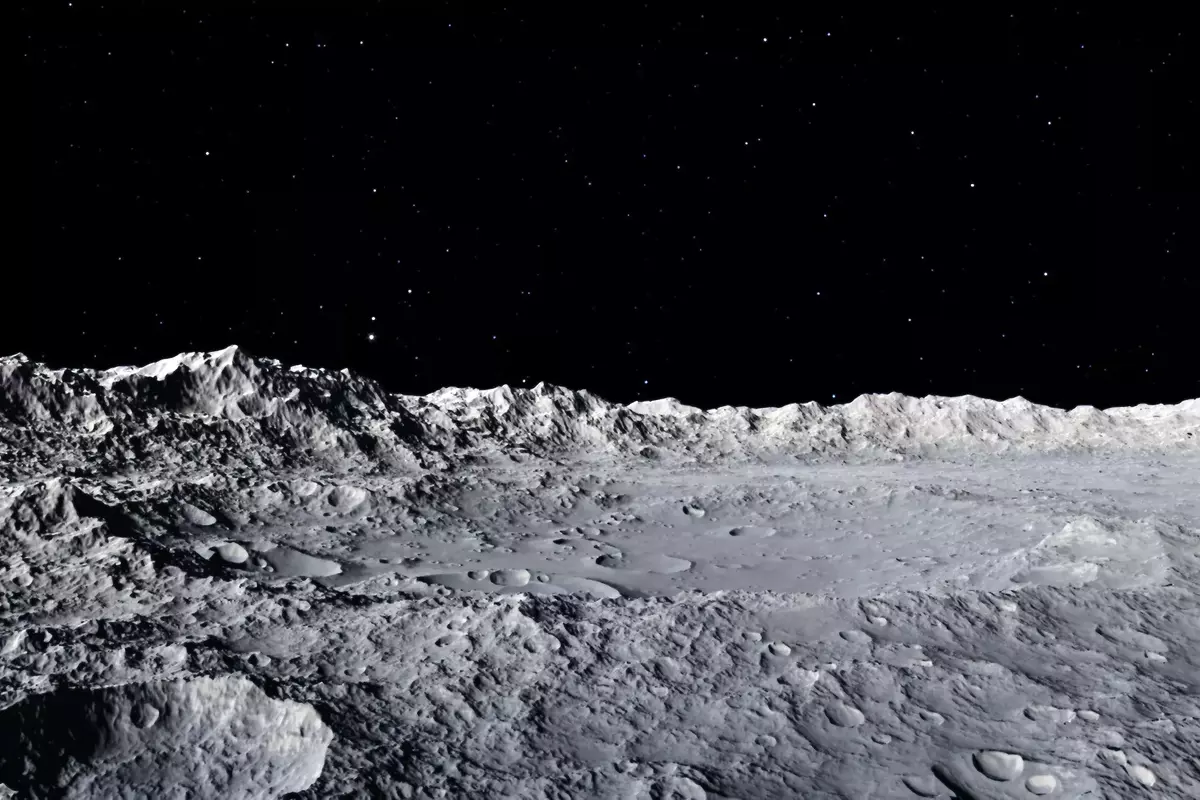
Scientists uncovered a massive chunk of old granite lying beneath the surface of the Moon, offering evidence of a type of volcanism never before detected there. An orbiting satellite discovered this mysterious, heat-emitting lump of granite.
Planetary Scientists believe that the 50-km-diameter granitic structure discovered beneath the Compton-Belkovich Volcanic Complex developed from the cooling of molten lava that fuelled a volcano or volcanoes that erupted roughly 3.5 billion years ago.
Lead researcher Dr. Matt Siegler said, “We have discovered extra heat coming out of the ground at a location on the Moon believed to be a long-dead volcano that last erupted over 3.5 billion years ago. It’s around 50km across, and the only solution that we can think of that produces that much heat is a large body of granite, a rock that forms when a magma body-the unerupted lava below a volcano cools”.
“Granite has high concentrations of radioactive elements like uranium and thorium compared to other rocks in the lunar crust, causing the heating we can sense at the lunar surface”, he explained.
Experts claim that, except for Earth, the Solar System is largely devoid of granites, which are created when volcanic activity produces magma.
Earlier, just a few grains of granite were detected in the hundreds of kilogrammes of rocks returned by NASA’s Apollo missions, and remote sensing studies thereafter have found only a few minor granite or granite-like features on the Moon.
Also read: Following An Airstrike In Omdurman, Sudan, At least 22 People Died

















